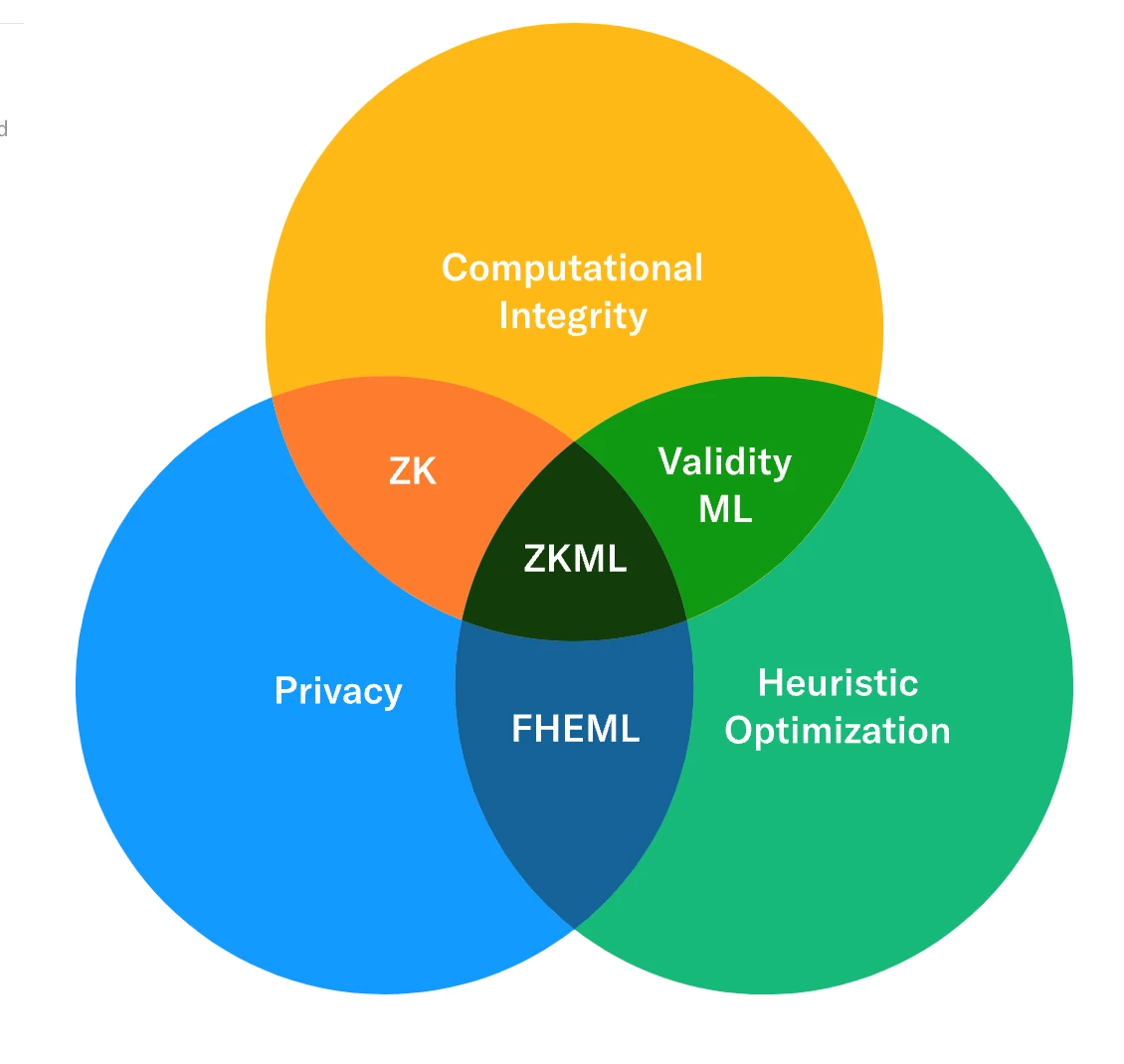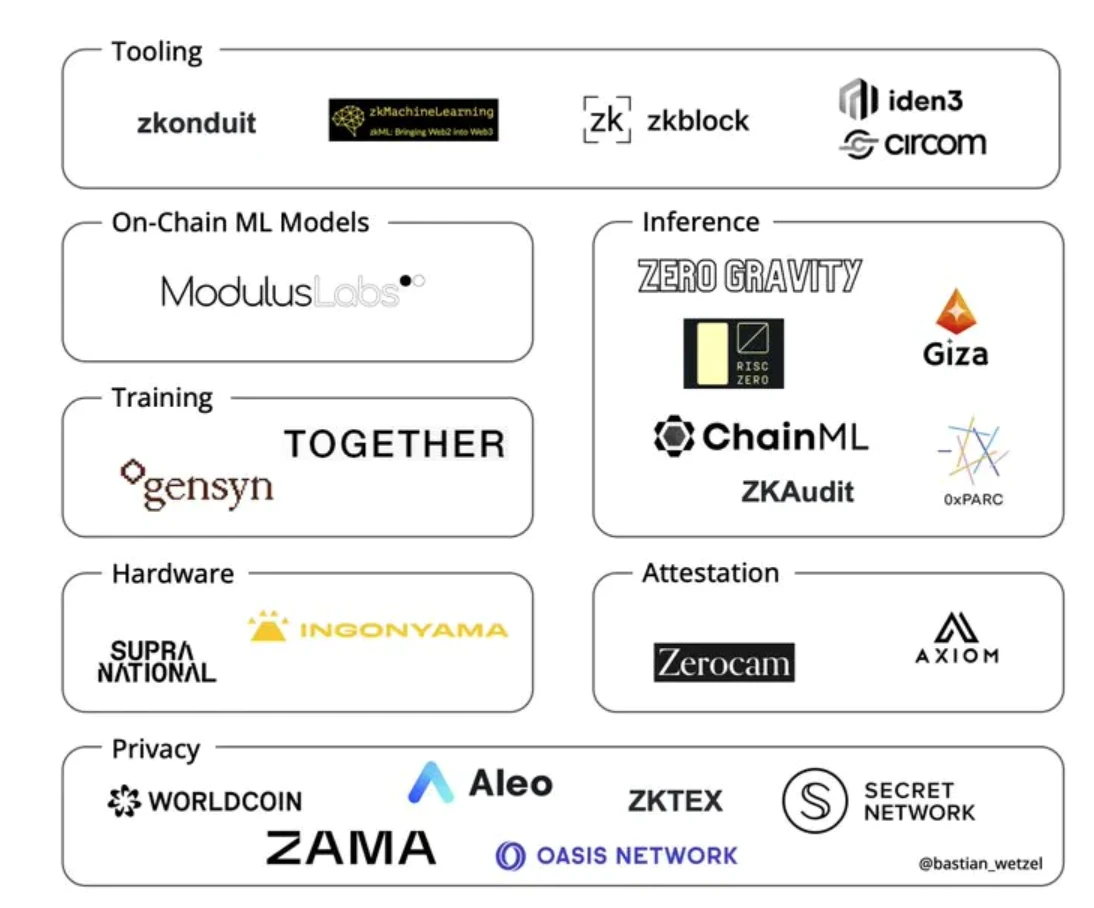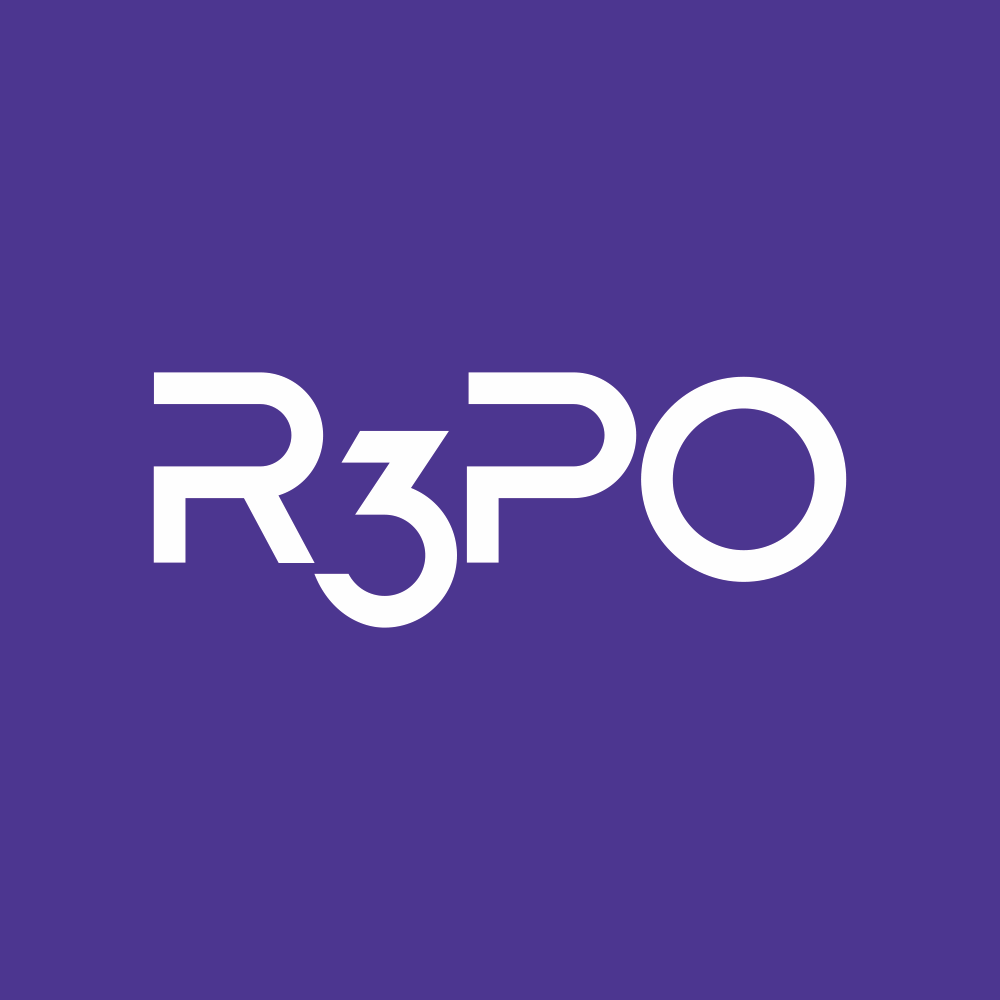Recently, Nvidia released its first-quarter performance report, with revenue of US$7.19 billion, exceeding market expectations of US$6.52 billion, gross profit margin of 64.6%, and adjusted earnings per share of US$1.09, market expectations of US$0.92. As Nvidias financial report exceeded expectations, it led to a collective rise in U.S. chip stocks after the market. Nvidia once rose 29.35% after the market. The stock price hit a record high of 395 US dollars. In one trading day, it skyrocketed by 184 billion US dollars, and the total market value of 3 bitcoins rose.
Nvidia CEO Huang Renxun mentioned the broad prospects for AI applications in his financial report, saying that the computer industry is undergoing two transformations at the same time—accelerated computing and generative AI. Enterprises are competing to apply generative AI to various products, services and business processes. , the worlds trillion-dollar-scale installed data centers will transform from general-purpose computing to accelerated computing.
At present, almost all leading US dollar funds and institutions are closely watching the AIGC track, and quickly build a screening system by actively establishing voting coordinates, lest they miss the train leading to the times. Relevant data shows that in the first quarter of 2023, the total financing of the global AIGC industry reached 3.811 billion yuan, with a total of 17 financings. The rise of one outlet often represents the decline of another outlet. People have gradually raised various doubts about WEB3: All capital is looking at AI, Web3 regulation is tightened, and the narrative is no longer good, AI looks more reliable than Web3, and it is easier to produce unicorns.
secondary title
1. AI needs Web3 and vice versa
“It’s a mistake to think of cryptocurrencies and artificial intelligence as unrelated technologies,” said Michael Casey, CoinDesk’s chief content officer. “They are complementary, each improving the other.”
Web3, cryptocurrencies, and blockchain solve a societal challenge that has existed since the beginning of the Internet: how to keep valuable information safe in a decentralized environment. They address the issue of human trust in information through new systems employing distributed records and incentives. These systems help communities of distrustful strangers collectively maintain open data records, enabling them to distribute and share valuable or sensitive information without intermediaries.
Currently, we are rapidly moving towards the era of comprehensive artificial intelligence, and the challenges brought by this era are daunting. These challenges run the gamut from protecting copyright on the input of large language models (LLMs), to avoiding erroneous bias in their output, to our current inability to accurately distinguish real content from artificial intelligence-created disinformation. The liars dividend. There are no easy solutions to ensuring that humans are not negatively impacted by artificial intelligence. No solution can rely on outdated 20th-century regulatory and technological frameworks to address these problems. We urgently need a decentralized governance system to meet the challenges of how to produce, verify and share information in this new era.
Regardless of whether the current Web3 can provide the required solutions, blockchain technology does play a role in solving these problems. Immutable ledgers allow us to trace the provenance of images and other content, preventing deepfakes. This technique can also be used to verify the integrity of data sets for machine learning artificial intelligence products. Cryptocurrencies provide a borderless digital payment method that can be used to reward people around the world who contribute to artificial intelligence training, and projects such as Bittensor are working to build tokenized blockchain-government communities to incentivize artificial intelligence. Intelligent developers build human-friendly models. In contrast, AI systems owned by private companies often put shareholder interests above user interests.
secondary title
2. How ZKML builds a bridge between AI and blockchain
Recently, ZKML, an emerging combination of zero-knowledge proofs and machine learning, has been widely discussed. Currently, the deployment of machine learning (ML) is becoming increasingly complex. Many enterprises mainly rely on service providers such as Amazon, Google, and Microsoft to deploy complex machine learning models. However, these services are becoming increasingly difficult to audit and understand. As consumers of AI services, how can we trust the validity of the predictions provided by these models?
As a bridge between artificial intelligence and blockchain, ZKML solves the privacy protection problem of AI models and inputs, while ensuring the verifiability of the reasoning process. It provides a solution that makes it possible to use public models when validating private data, or use public data when validating private models. By adding machine learning capabilities, smart contracts can become more autonomous and dynamic, enabling them to process based on real-time on-chain data rather than static rules. In this way, smart contracts will be more flexible and able to adapt to more scenarios, even those that may not have been anticipated when the contract was originally created.
Currently, one of the difficulties with the widespread adoption of machine learning algorithms on the blockchain is their high computational cost. Running these models on-chain becomes a challenge since million-level floating-point operations cannot be performed directly on the Ethereum Virtual Machine (EVM). In addition, the issue of trust in machine learning models is also an obstacle, because the parameters and input data sets of the models are usually private, and the algorithm and operation process of the model are like an opaque black box, which may cause the model owner and the model to use issues of trust among participants. However, with ZKML technology, we can overcome these problems. ZKML allows anyone to run a model off-chain and generate a succinct and verifiable proof that the model did produce a specific result. This proof can be published on-chain and verified by smart contracts. This means that model users can verify the results of the model without knowing the specific parameters and operating details of the model, thus solving the trust problem.

secondary title
3. ZKML project analysis
Below are some potential ZKML projects.
1 、Worldcoin
Worldcoin is applying ZKML in an attempt to build a privacy-preserving proof-of-personality protocol. World ID users will be able to self-custody their biometrics (such as irises) in encrypted storage on their mobile device, download the ML model used to generate the IrisCode and create locally a zero-knowledge proof that the receiving smart contract can prove their IrisCode was successful create.
It can then be used to perform useful operations such as membership authentication and voting. They currently use a trusted runtime environment with a secure enclave to verify camera-signed iris scans, but their ultimate goal is to use ZKPs to prove correct reasoning of neural networks for encryption-level security guarantees, and to guarantee that the output of the ML model will not leak to the user personal data.
2 、Modulus Labs
Modulus Labs is one of the most diverse projects in the field of ZKML. While committed to related research, it is also actively building AI application paradigms on the chain. Modulus Labs uses RockyBot (an on-chain trading robot) and Leela vs. the World (an international Chess Game, Everyone Plays Against a Proven Leela Chess Engine instance) demonstrates a use case for zkML. The team has also ventured into research, writing The Cost of Intelligence, which benchmarks the speed and efficiency of various verification systems for models of different sizes.
3 、Giza
Giza is a protocol that can deploy AI models on-chain in a completely trustless way. The technology stack it uses includes the ONNX format for machine learning models, the Giza Transpiler for converting these models into the Cairo program format, the ONNX Cairo Runtime for executing the models in a verifiable and deterministic manner, and the deployment And the Giza Model smart contract that executes the model on the chain. Giza generally belongs to the on-chain compiler of machine learning models to proofs, providing an alternative path for the development of on-chain AI.
4 、Zkaptcha
Zkaptcha focuses on the robot problem in Web3, provides captcha (verification code) service for smart contracts, protects smart contracts from robot attacks, and uses zero-knowledge proofs to create smart contracts that are resistant to Sybil attacks. Currently, the project enables end users to generate a proof of human work by completing a captcha, which is verified by on-chain validators and accessed by smart contracts with a few lines of code. In the future, Zkaptcha will inherit zkML, launch a verification code service similar to the existing Web 2, and even analyze behaviors such as mouse movements to determine whether the user is a real person.

epilogue
epilogue
Disclaimer: There are risks in the market, and investment needs to be cautious. Readers are requested to strictly abide by local laws and regulations when considering any opinions, viewpoints or conclusions in this article. The above content does not constitute any investment advice.
Reference
https://worldcoin.org/blog/engineering/intro-to-zkml#motivation-and-current-efforts-in-zkml
https://github.com/worldcoin/awesome-zkml
https://www.coindesk.com/consensus-magazine/2023/05/19/why-web3-and-the-ai-internet-belong-together/
Copyright statement: If you need to reprint, please add the assistant WeChat to communicate. If you reprint or wash the manuscript without permission, we will reserve the right to pursue legal responsibility.
Disclaimer: There are risks in the market, and investment needs to be cautious. Readers are requested to strictly abide by local laws and regulations when considering any opinions, viewpoints or conclusions in this article. The above content does not constitute any investment advice.










